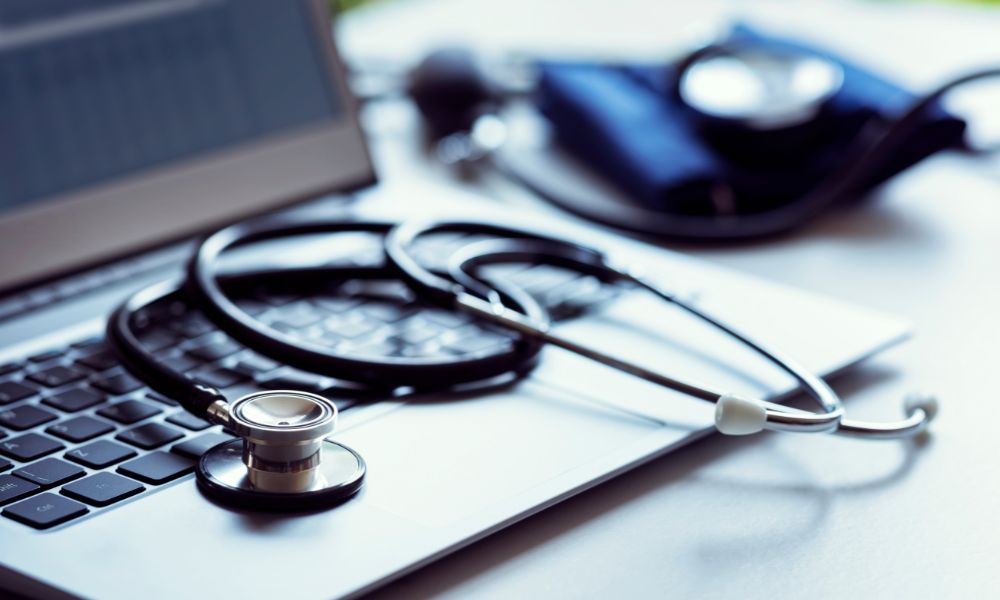By First Products on 1/27/23 11:16 AM
As patients age, their procedures, medications, and other pertinent health information all need to be recorded so they can continue to receive the best care. Medical documentation is vital for making sure patients are given the correct treatments. With these records on hand, caregivers can monitor for potential issues and plan accordingly.
Although most healthcare institutions rely on medical records for their day-to-day operations, it’s not always clear which best practices should be followed when storing and using patient data. Here are some tips for improving medical documentation at your healthcare facility.
1. Set Standards
As you collect and store patient data, it can become increasingly difficult to find pertinent information when needed. Because it’s nearly impossible to keep track of everything a patient requires without the proper standards in place, having a set of guidelines for how data should be organized will make it easier to scale your medical documentation over time.
2. Educate Users
There’s no point in having a well-organized system for storing health records when it’s not used correctly. Healthcare providers work with medical documentation regularly, making it especially important for them to understand how the records system works. It’s also crucial to have a support system in place so providers can get things right the first time.
3. Gather Feedback
A records management system will never be perfect. There is something that needs to be changed or updated, meaning it’s essential to consider what does and doesn’t work for your facility. Gathering feedback about problems users are having—and discovering potential improvements—will allow you to regularly update your current practices.
4. Focus on Patients
A comprehensive medical documentation solution is important, but don’t lose sight of your core mission. Your medical documentation is only a means to an end and should reflect that. Giving patients access to their health records can go a long way in building trust and creating a better relationship between them and their caregivers.
5. Use the Best Tools
Healthcare providers have a variety of options when it comes to healthcare records management. The best systems can organize and secure patient data while making it easy for users to access the information they need. Whether you want to purchase traditional medical charting supplies, EHR software, or new IT equipment, the right tools empower providers to give the best care in any situation.
Better Healthcare Starts With Improved Medical Documentation
Medical documentation is the foundation of quality healthcare services. Institutions that take the time to improve their health records management systems are better equipped to deal with their patients’ most pressing concerns.
Improving medical documentation isn’t easy, but providers can deliver the best care possible with the right tools and knowledge.
_11wX8.5h-FINAL.png?width=721&name=FP-Logo-Horizontal-(COLOR)_11wX8.5h-FINAL.png)


comments